Imagine the first time I held a guitar adorned with abalone inlay. As an seasoned luthier, I had crafted countless instruments, but never with such mesmerizing appeal. The tiny, iridescent fragments glowed against the woodgrain, giving the appearance of a starlit night. This was not just a musical instrument but a piece of art, a testament to the gorgeous amalgamation of nature’s bounty with artisanal craftsmanship. But there’s more to this story – a story I will share with you as we journey through the intriguing realm of abalone inlay on guitars.
Research suggests that a single iridescent abalone shell can yield enough fragments for multiple guitars. Yet, the process of crafting an abalone inlay is one that requires precision and an unerring artistic vision, which I’ve spent years perfecting. It’s a fascinating world, this marriage of music and artistry. This guide unveils the exquisite, yet largely undiscovered world of abalone inlay, stepping you through everything from the technique to its impact on sound and aesthetics.
Prepare to challenge everything you think you know about guitars. Are you ready to dive headfirst into swirling, indigo, abalone waters with me?
Understanding Abalone Inlays
Inlay Techniques
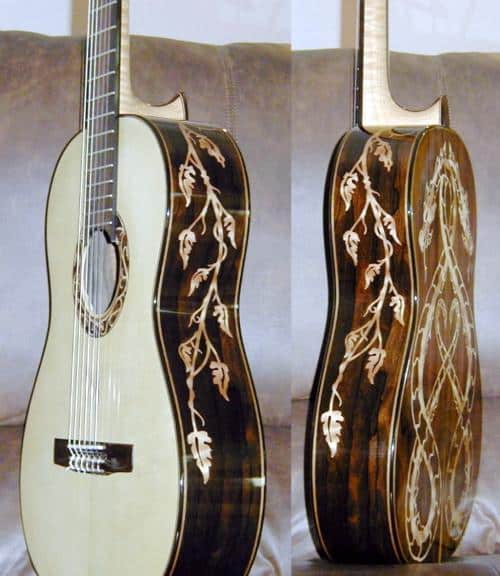
Bringing an abalone inlay to life requires precision and the right set of luthier tools. My experience in luthiery has taught me a handful of vital inlay techniques to carve intricate designs into the wooden surface of the guitar. This process enhances not only the instrument’s aesthetic value, but surprisingly, its acoustic characteristics as well.
In my toolkit, fine-point cutters, wood routers, gravers, and scrapers are irreplaceable assets in shaping and setting the abalone. Detailed work demands time and vigilance; each piece is precisely cut to fit into the routed cavity on the guitar body. This work tests patience, but the gleam of a well-executed inlay outweighs the demands of the task.
In my pursuit to refine my craft, I’ve learned to understand and predict the tactile response of different wood types. This instinctive knowledge guides me to maintain a balanced interdependence between the inlay depth and guitar’s top resonance. It’s this symbiosis between the inlay techniques and the art of luthiery that brings an abalone inlay to life.
But in this fine balance, there lies the importance of having an open mind and inventive spirit. Each guitar tells a different story and as such, demands its own unique inlay procedure. So, as we delve deeper into the complexity of guitar customisation with abalone, remember, the ultimate goal of an inlay is not just to embellish but to articulate the instrument’s inherent uniqueness.
Guitar Customisation with Abalone
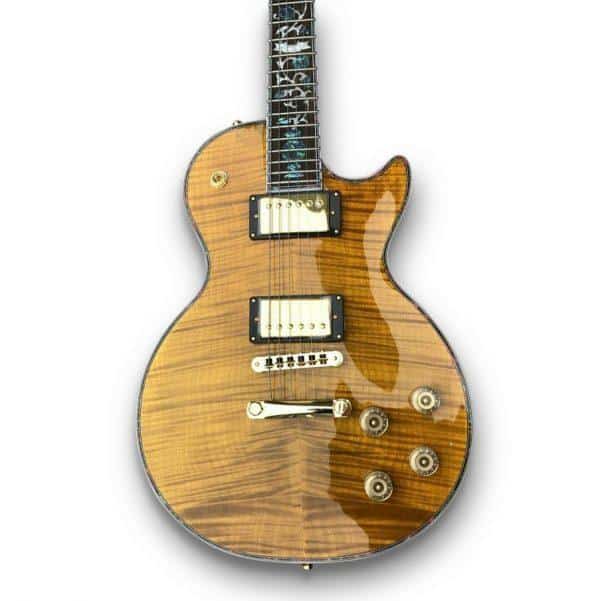
In all my years of lutherie, I’ve seen the profound effects of guitar customisation, especially using abalone inlays. This unique detailing can dramatically transform an instrument, while also adding a deeply personal touch to your guitar design.
Guitar customisation is more than just a modification; it is an intimate expression of your personality. The intricate inlay details placed along the fingerboard—and sometimes the body—act as defining accents, paralleling the individual notes in a song. Among various inlays, abalone, with its iridescent sheen and colour-changing brilliance, offers a distinctly luxurious edge.
Used thoughtfully, abalone contributes significantly to customising guitar design. Imagine a vine crawling around the sound hole, or an ornate geometric pattern sprawling across the fingerboard inlay, all shimmering in the hues of abalone. Such intricate detail not only adds artistic aesthetic value, but also stands as a testament to your personal style and musical journey.
I remember crafting a fingerboard inlay for a treasured client. The vision was a circular emblem symbolising his life’s odyssey. The skilful blend of abalone and wood was a breathtaking tapestry of his personal narrative.
As we delve deeper into the impact of abalone inlays on sound and explore synthetic alternatives, it’s vital to understand the beautifully complex role that abalone plays. Remember, it’s not just about decoration; it’s a harmonious fusion of aesthetics and personal expression.
Impact of Abalone Inlay on Sound
Comparison: Abalone Vs Synthetic Inlays
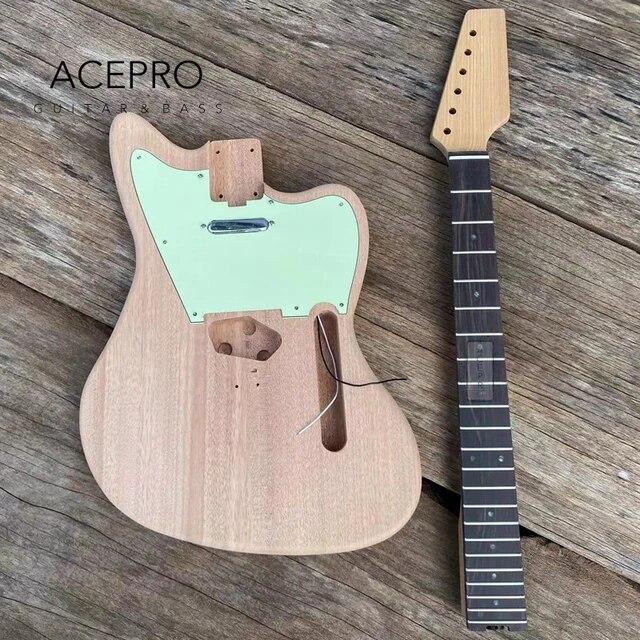
As we delve further into the impact of abalone inlay on sound, it’s essential to consider the stark contrast between natural materials, like the abalone, and synthetic inlays. My hands-on experience with guitars provides a unique perspective on this comparison.
Abalone inlays are recognized for their sublime iridescence and the aesthetic appeal they lend to any guitar. When contrasted with synthetic inlays, you will find that abalone not only stands out visually but also adds a distinctive tonal quality. The presence of an organic material seems to allow the guitar to resonate with a more precise, richer sound.
Now, synthetic inlays, while less attractive to the discerning eye, are much more affordable and easier to shape than abalone, an advantage that cannot be overlooked. However, they could make the sound slightly sterile in comparison.
In referencing patterns, the difference between herringbone vs abalone inlays also shines light on the subject. While herringbone is generally made from synthetic materials and abalone from organic ones, the most significant difference, in the end, goes beyond aesthetics and extends to the quality of sound, where personal preference plays a role.
In conclusion, when considering abalone vs synthetic inlay’s contribution to sound, the former’s natural quality provides a subtle yet distinguishable edge. The latter, however, with its cost-effectiveness and easy manipulation, offers its own set of advantages. Ultimately, your choice will reflect your priorities and desired sound quality.
Contribution of Inlay to Guitar Aesthetics
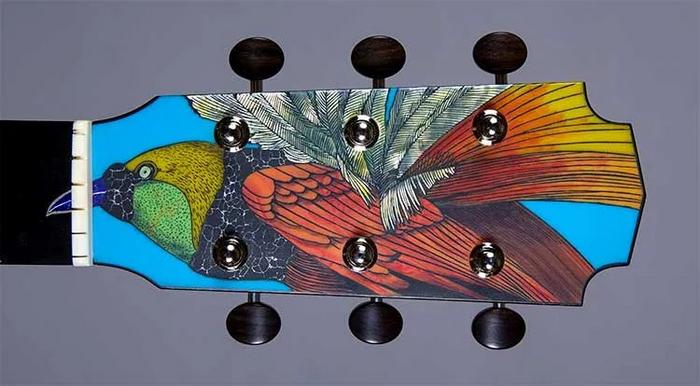
Intrinsic to the mystique and allure of a finely crafted instrument is its distinct visual appeal – an aspect where inlay work, particularly using abalone, plays a significant role. One might say, guitar aesthetics are almost as influential as the music itself in creating a deep emotional connection between the artist and their instrument. A dazzling abalone inlay can elevate an instrument from being merely a sound creation tool, to a piece of art.
Using abalone for instrument inlay is a centuries-old tradition, borrowed from furniture decoration and redefined for musical instruments. Its lurid array of blues, greens, and purples catches the light in a way that few other materials can match, adding a kaleidoscopic charm to a guitar’s aesthetic.
Abalone inlays aren’t simply about guitar decoration though. They contribute to the instrument’s identity, setting it apart from others in the lot. Whether it’s the modest dot on the fretboard or an elaborate vine wrapping around the sound hole, these inlays tell a guitar’s story and imbue it with character. It’s an experiential element that enriches not just the visual impact but the overall sensory engagement with the instrument.
As we probe further into the impact of abalone inlay on sound, it’s vital to understand this synergy between aesthetics and sound. The extent of inlay work can subtly influence the tone and resonance of a guitar, bringing us to the interplay between the visual grandeur and acoustic subtleties of abalone inlay.
Purchasing Abalone Inlay Products
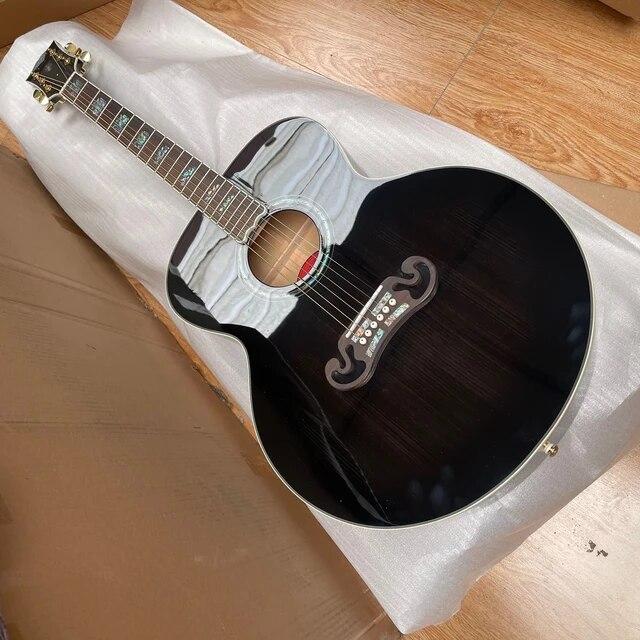
Over the years, my journey as a luthier has often brought me to the constant hunt for high-quality guitar building supplies, particularly materials for intricate inlay patterns. In the realm of guitar craftsmanship, material quality deeply influences the aesthetics and longevity of the inlays. This brings me to the heart of this section: sourcing prime abalone inlay products.
Where can you find the best materials for an exquisite abalone inlay project? Let’s look at some of the most trusted sources in the industry.
The magic lies not only in the skill of a luthier but also in the quality of the abalone shells used for inlay work. Based on my personal experiences and rigorous quest for the finest products, there are a few suppliers I’ve come to trust implicitly for their consistently top-grade offerings.
Among them, ‘Luthier’s Mercantile International’ stands out. They maintain a remarkable collection of guitar inlay supplies, with an impressive range of abalone shells. Their dedication to quality mirrors my own, making them a reliable choice.
‘Shell Blanks’ is another trusted source I’ve frequently turned to. Their specialization in sea-shell products results in a unique focus on quality in both the product and service. They offer distinct abalone varieties, each suitable for different inlay patterns, melding perfectly with a guitar craftsman’s specific needs.
However, it’s crucial to remember that the value of a trusted supplier extends beyond the mere purchase of products. An ideal supplier is also a knowledgeable guide, assisting you in making informed decisions on choosing the right type of abalone for your projects.
In summary, finding quality abalone inlay supplies might be a journey, but with the right direction, you’ll discover trusted sources that adhere to the highest standards. Drawing from my experiences, ‘Luthier’s Mercantile International’, and ‘Shell Blanks’ have proven themselves to be such reliable partners in this craft. Regardless of the supplier you choose, always remember to make the quality of product your utmost priority.
As we delve into the next section, we’ll explore some frequently asked questions related to abalone inlays to further assist in your guitar customization journey. Remember to refer back to sections on inlay techniques and abalone contributions to guitar aesthetics for a comprehensive understanding of this art.
FAQs
What is abalone inlay on guitars?
What are the benefits of abalone inlays on guitars?
How is abalone inlay applied to guitars?
Conclusion
Having learned about the impact and intricacies of abalone inlays on guitars, what’s your next step? As we reflect on the journey, it’s clear that abalone inlay isn’t just an aesthetic choice. The unique reflective properties of the material can potentially impact the sound, making each inlaid guitar uniquely resonant and visually compelling. Each piece of abalone shell contributes to the instrument’s aesthetic and auditory charm.
Through exploring the process and techniques of abalone inlay, you’ve stepped into the shoes of a luthier, appreciating the painstaking craftsmanship and artistry involved. There’s a world of possibility in abalone guitar customisation, which ranges from simple dot inlays to intricate fretboard designs, each adding a distinct personal touch.
Abalone inlays also stand as a testament to sustainability and craftsmanship in the guitar-making process. Comparing synthetic and natural inlays, we’ve identified the unique virtues of each, learning the value of authenticity, the satisfaction they provide, and how they stand against time.
As my own journey along the luthier path has taught me, the beauty of abalone inlay is in its marriage of function and form. The delicate dance of light across the shell lures the eye, while enhancing the guitar’s sound. It’s a testament to the magnificence of natural materials and the power of human craft. As such, I encourage you to delve deeper into this craft, perhaps through purchasing responsibly sourced abalone products, igniting your own journey of discovery.